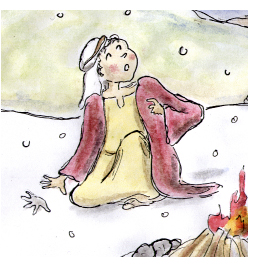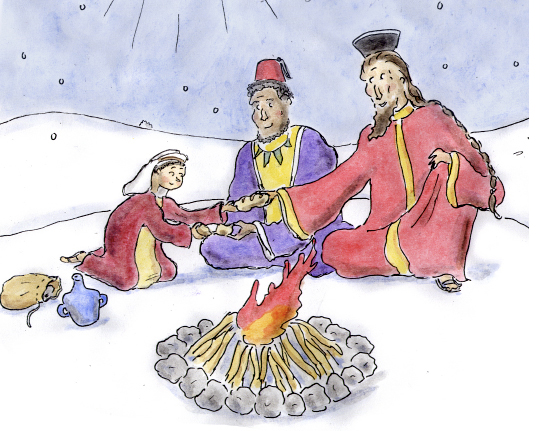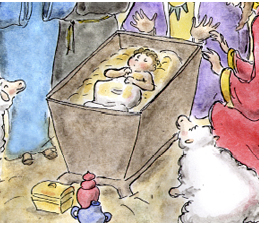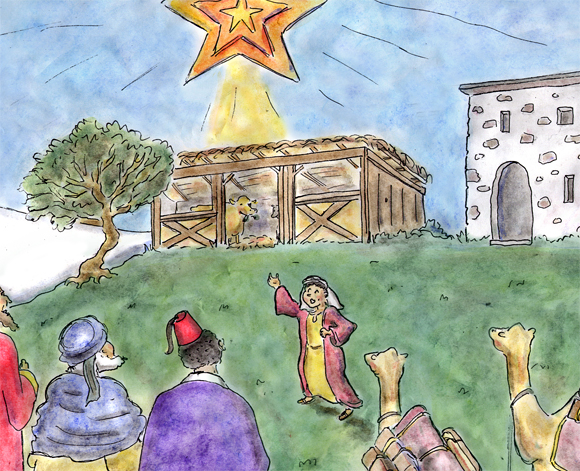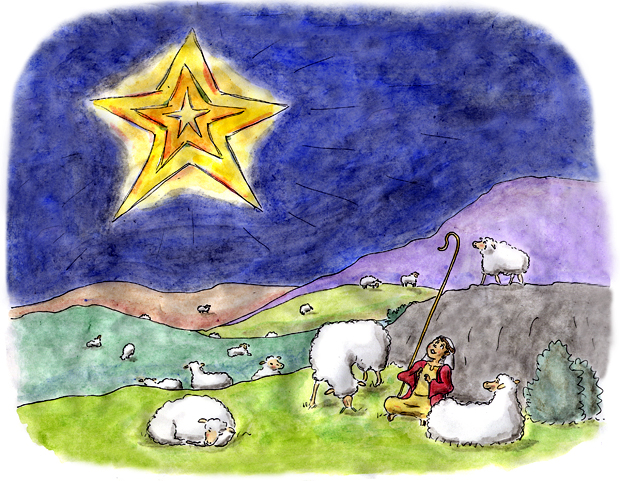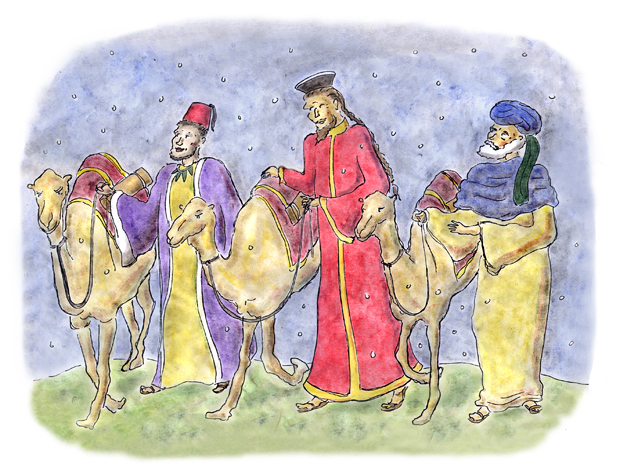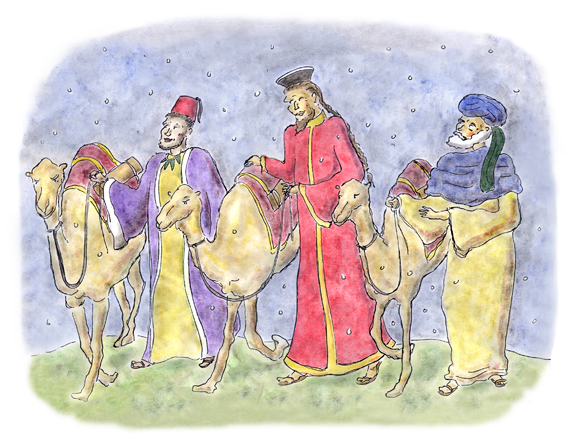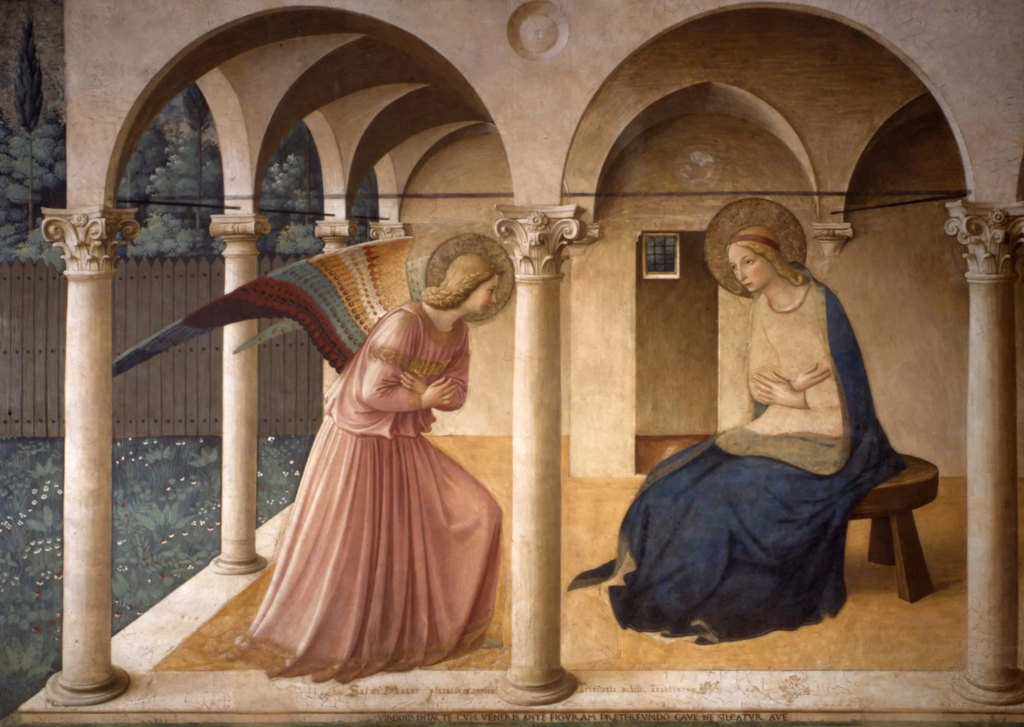You cannot
truly listen to anyone and do anything else at the same time.
M. Scott Peck
I watch my son sit on the
couch with a cup of tea when he comes to pick up his daughter after a long day
at work; he pulls out his cell phone and disappears. Tugs for attention from
his 3 year-old are met at first with, “Just a minute.” Soon he will resurface and become a
fully engaged dad who romps and reads and interacts and loves and listens, but
that brief glimpse gives me an inkling of what Sherry Turkle reports in her
most recent book, Reclaiming
Conversation.
Jesus said to his
disciples, “As I have loved you” -- as I have traveled with you, shared meals
and conversations and silence with you, spent time face-to-face with you – “so
you also should love one another.”
And yet we live in a
culture where “face-to-face” interaction is increasingly rare and, for some,
even scary. Turkle reports that a lot of kids are growing up with parents who
are never more than half-there, constantly absorbed in their texts and emails. When
my husband and I were at a small café in northern California last month, I
watched parents in the next booth hunch over their respective cell phones while
their son, about 12 years old, stared silently out the window. Kids growing up
in this kind of eerie silence haven’t experienced deep listening, so they haven’t
learned how to understand and empathize with others; they don’t know how to
interact in person.
Some stories from Turkle’s
book: a father tells of chaperoning his daughter’s 2nd grade field trip, during
which he took hundreds of photos with his cell phone. On the long bus ride
back, he spent an hour sending the photos out to various friends and texting
about where they’d been, totally ignoring his daughter sitting beside him until
she finally said, “Dad, put your phone away.” He’d been texting about her, but he never actually talked with her. This father later admitted that he didn’t know how to have a
conversation with an 8-year-old. No wonder a college student reflects, “It’s
very special when someone turns away from a text and silences their phone; it
sends a signal that they are there, they are listening to you.” But it doesn’t
happen very often. A college sophomore states that she would never confront her
roommate about a serious issue face-to-face. “It’s too emotional.” They text. A
high school senior responds, “I’ll tell you what’s wrong with face-to-face
conversation! It takes place in real time and you can’t control what you’re
going to say” (unlike a text, which you can edit).
Sherry Turkle acknowledges
that, unlike texting, actual “human relationships are rich, messy, and
demanding.” That’s what unnerves a lot of young people these days, but that,
precisely, is where Jesus calls us to take our children and grandchildren: into
that mess, into empathy with one another, into love. Those lonely college
sophomores who share a room but not a conversation aren’t likely to develop
much a friendship. And that high school senior terrified of face-to-face real
time conversation, how will he survive a job interview, let alone the
intricacies of love? Like that father on a field trip, like those parents at
Woodrose Café, will he find himself in years to come unable to talk with his
own child?
Perhaps Jesus might add
another phrase to his commandment: that we listen
to one another as a way of learning to love.






